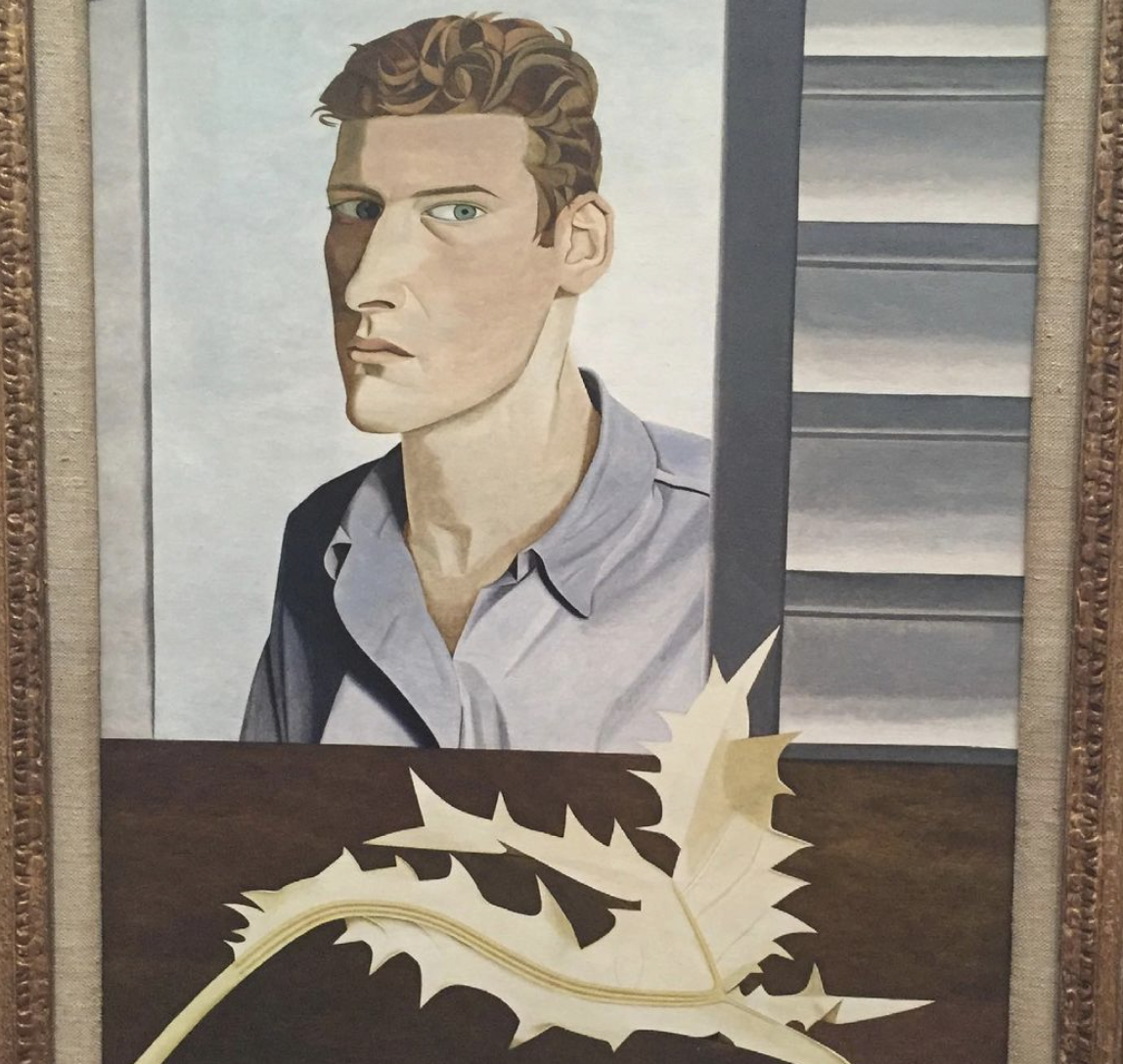This week’s posts will revisit the School of London, especially as it was so brilliantly curated in the exhibition at the Tate and Getty, London Calling, in 2016. Brexit made it all the more powerful.
For those of you who missed this--another group of post war artist outliers like the Bay Area Figuratives who didn't necessarily liked being lumped together with each other qua movement--it focused on six prominent painters whose work is characterized by the central role granted to the human figure. These, as partially pictured here, were Lucian Freud (2nd from left), Francis Bacon, Frank Auerbach, Michael Andrews as well as R.B. Kitaj and Leon Kossoff, not pictured.
Some were close friends, others admirers, and often were each others subjects. The war had affected Britain in a profound way, and these artists' work reflected the turmoil and re examination of what life meant after all. Mirrored by a film movement that also called into question everything that had come before, it gave me pause: in a way we are in such a moment now, a war of another kind which will inevitably give rise to a movement that characterizes what it all meant. (Black figurative art could be that movement. Isn't it interesting that we go back to the figure so ardently after a cataclysm as if to say this, in the end, is what really matters?)
Like the Bay Area artists, color and the quality of paint and impasto became very important (Kossoff). For Bacon, it was the flatness crossing over from abstraction. Freud broke down his subjects as if he were Vermeer. Some painted from life; others from photographs.
The recent Bacon and Freud biographies shed new light. But as a primer the Tate/Getty show revealed these artists also had been instrumental in refocusing artistic energies "on giving visual representation to the physical and emotional conditions that they inhabited."
Photo: John Deakin
CultureZohn Book Club
Sunday Reading: Two books that will take you inside the minds of artists- though very differently. Rachel Cusk departs from her trilogy and her unflinching memoirs to look at the intersection between one woman’s fantasy about an artist and the real thing when the artist she has admired from a distance takes up residence in her guest house. What ensues opens her eyes to the fact that artists: they’re just like us- as needy, as complicated, as tortured by insecurities and achievement. Celia Paul’s memoir of her life-with and without Lucian Freud-is another unvarnished look at what it’s like to be in thrall to a powerful artist and try to maintain an equilibrium for yourself and your own work. In both cases, these talented women must lose their sense of powerlessness and return to their own creativity to survive.
Lucian Freud's Haunting Self-Portrait
This 1946 painting by Lucian Freud from the Tate was on view at the Getty when I saw it as part of their marvelous London Calling show in 2016. Now that I am deep into Vol 2 of William Feaver’s exhaustive—and sometimes exhausting—life of Freud, I realize that although he is known for his craggy, let-it-all-hang-out later work of nudes of all shapes and sizes, it is the early work that has the most resonance for me. Look at the suspicious, unsettling glance in this self portrait and the surrealist thistle that only enhances the prickly nature of the ensemble. I’m feeling a bit like this. Though Covid precautions are waning, I’m wary of the next months. I long to travel to see this again in London in its permanent home.


